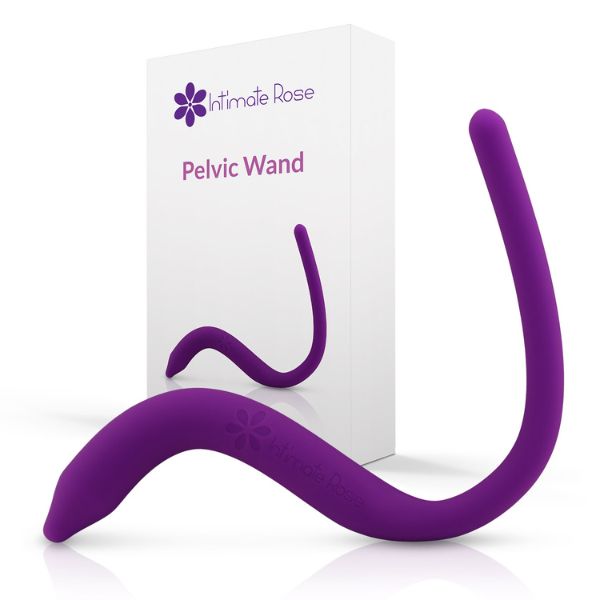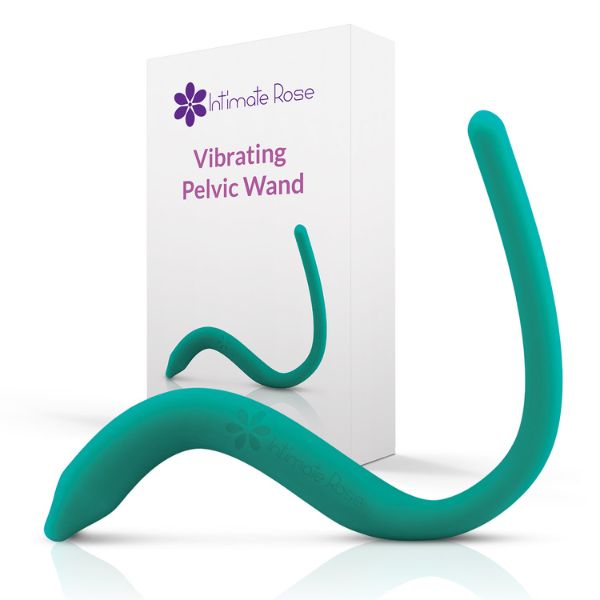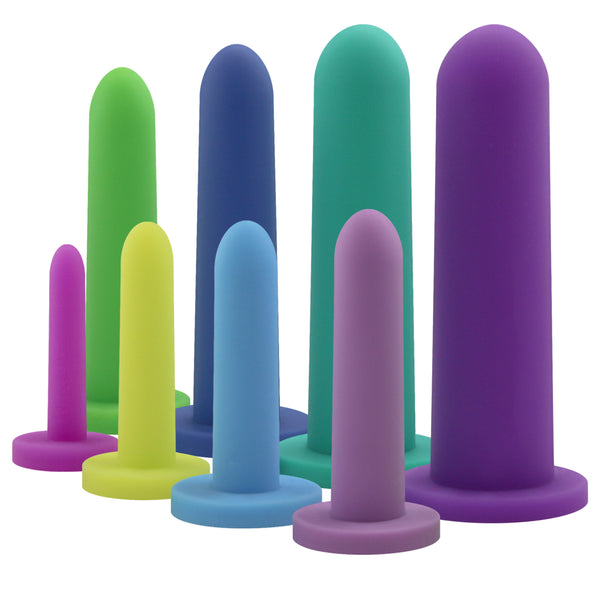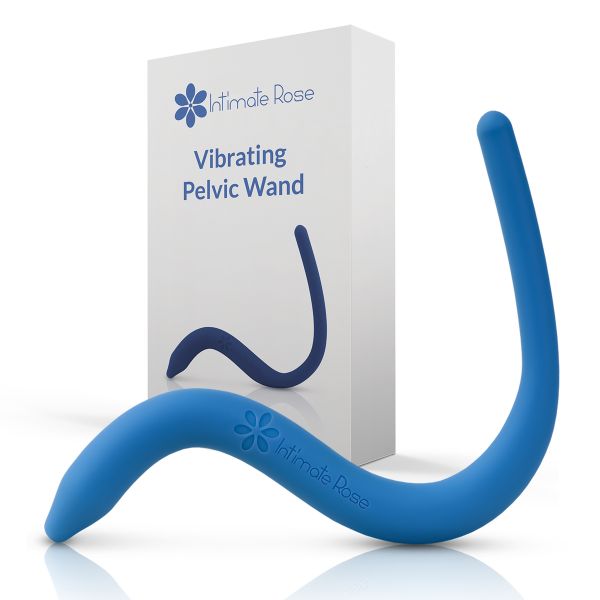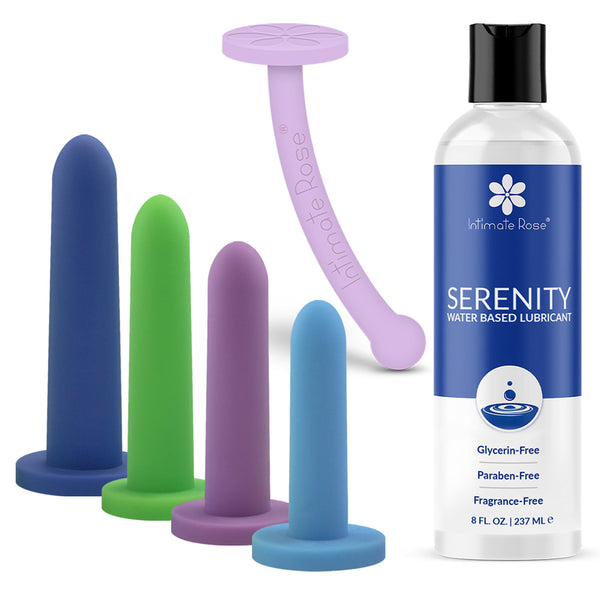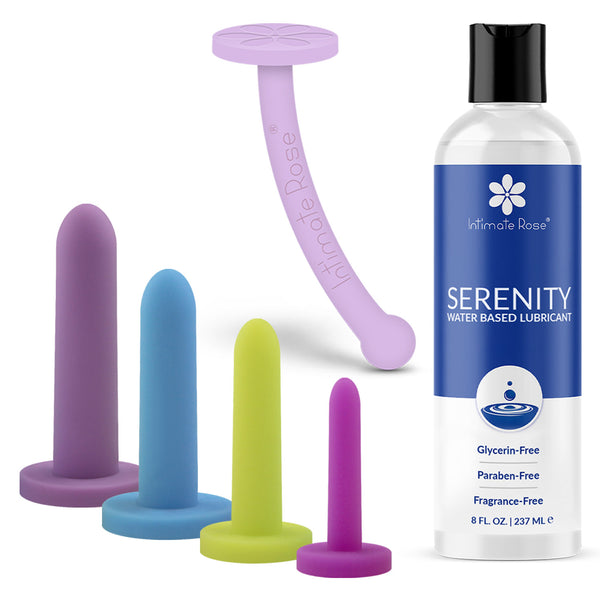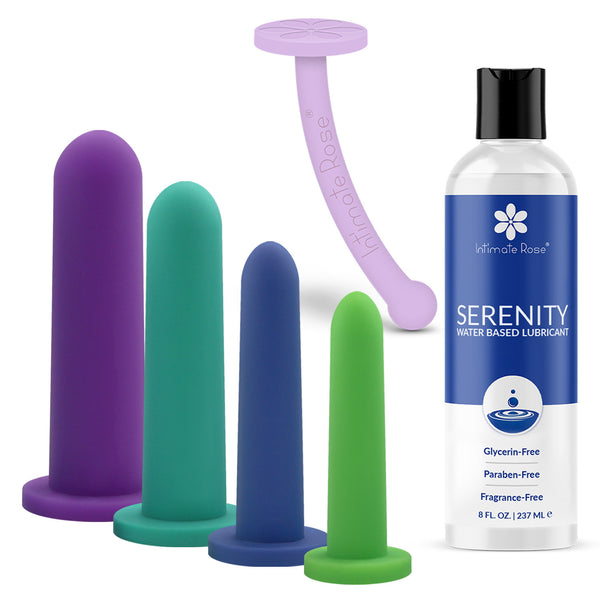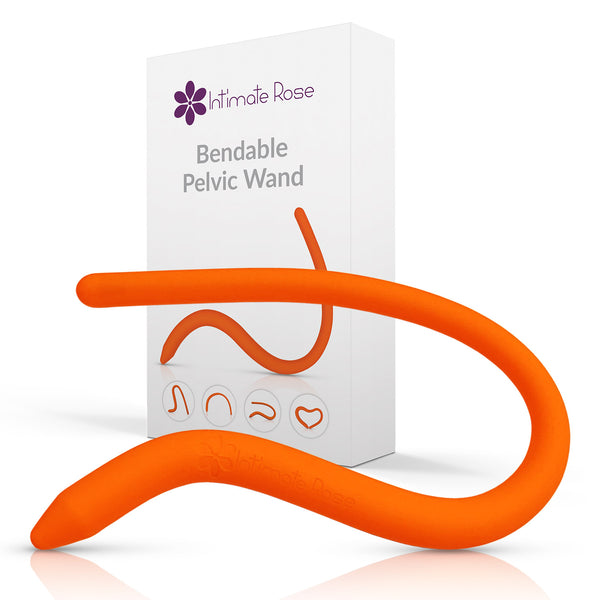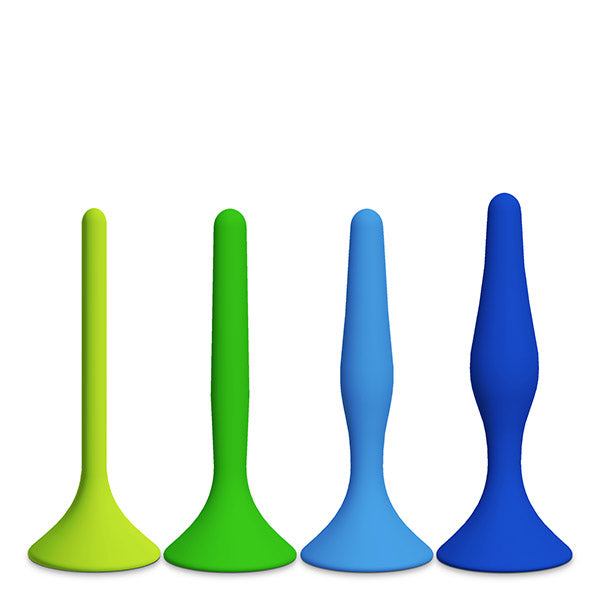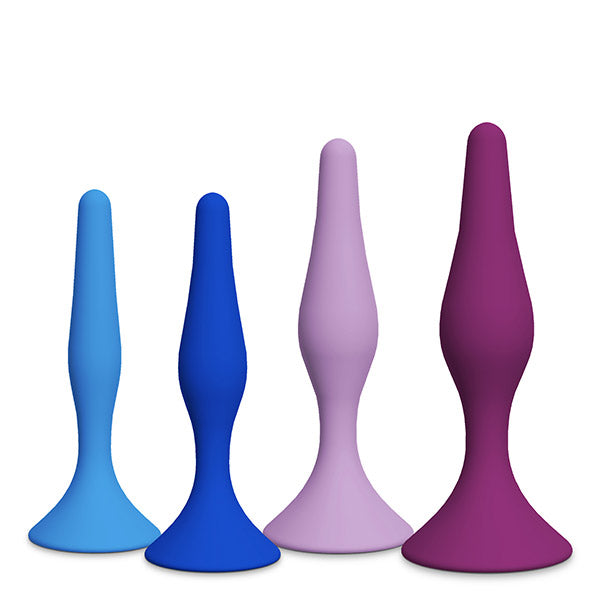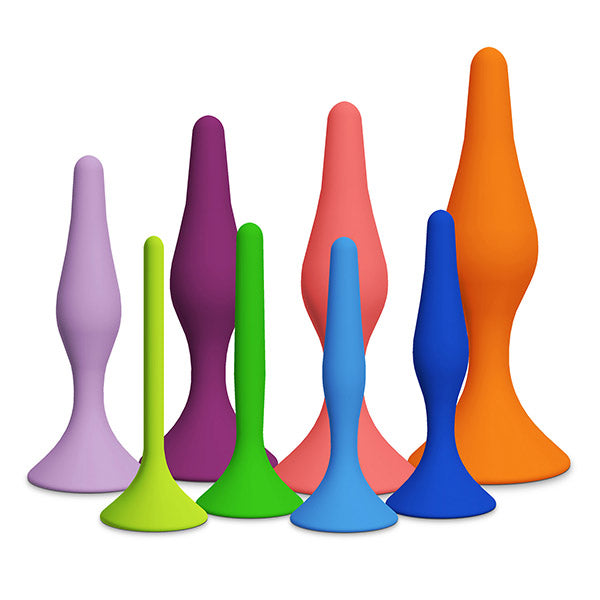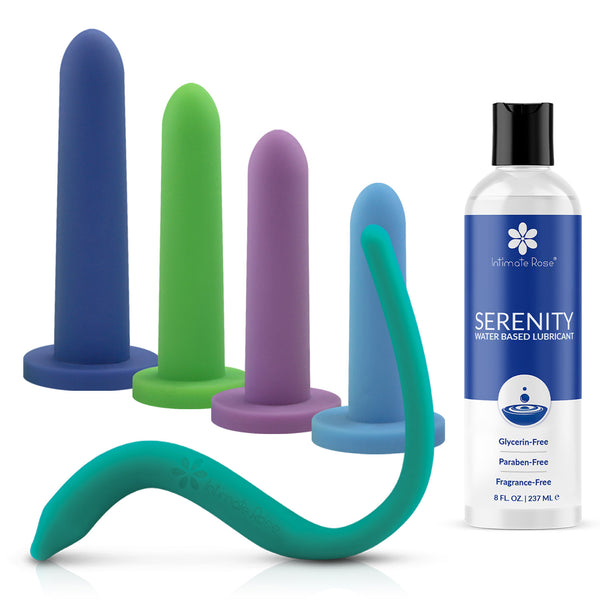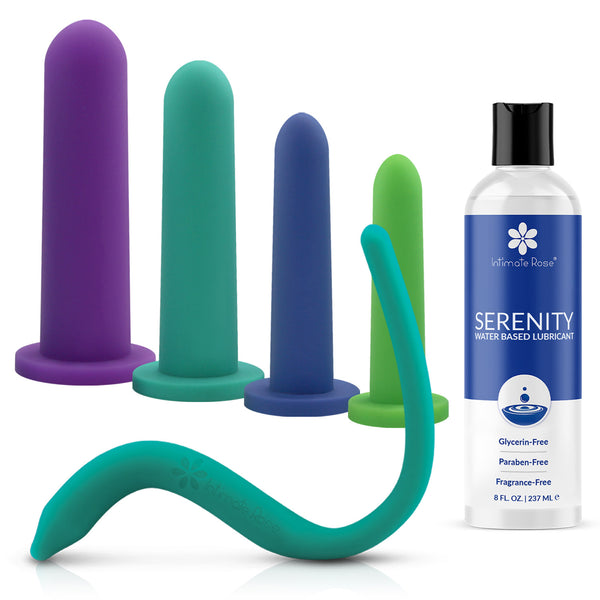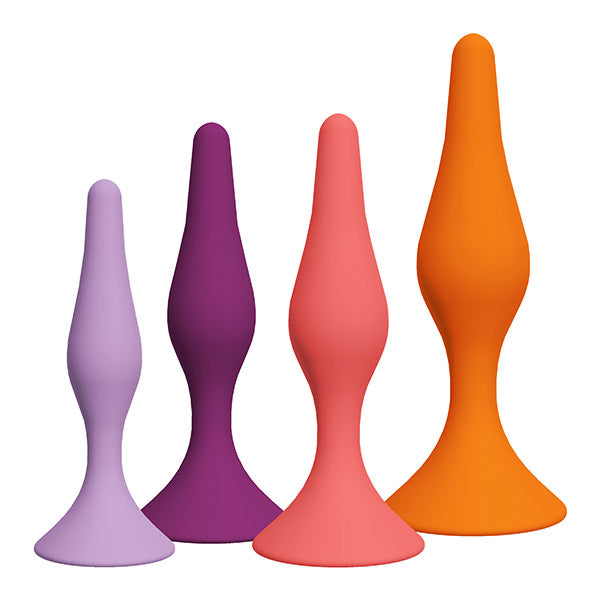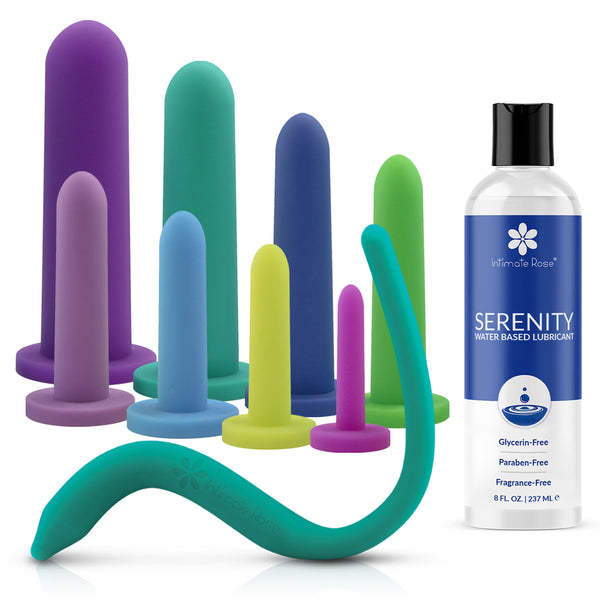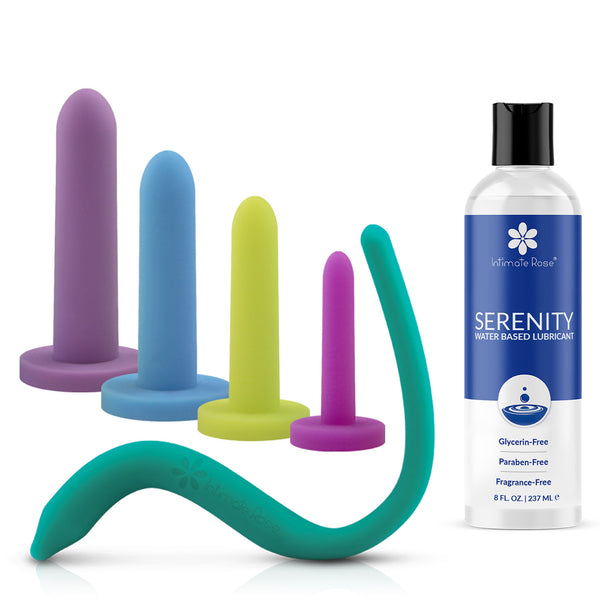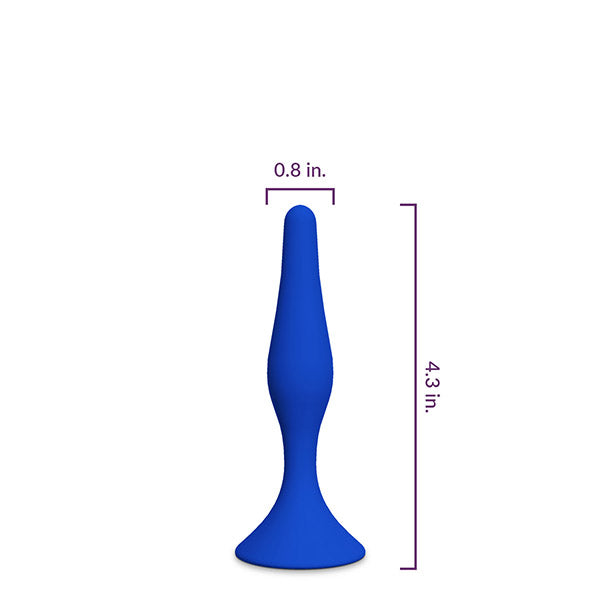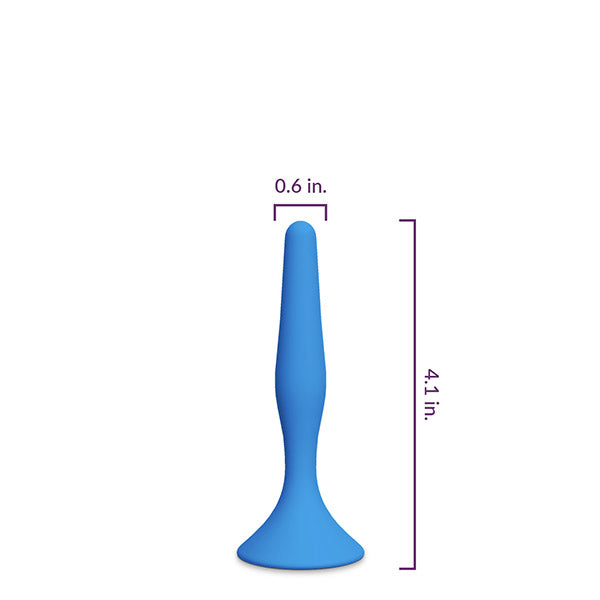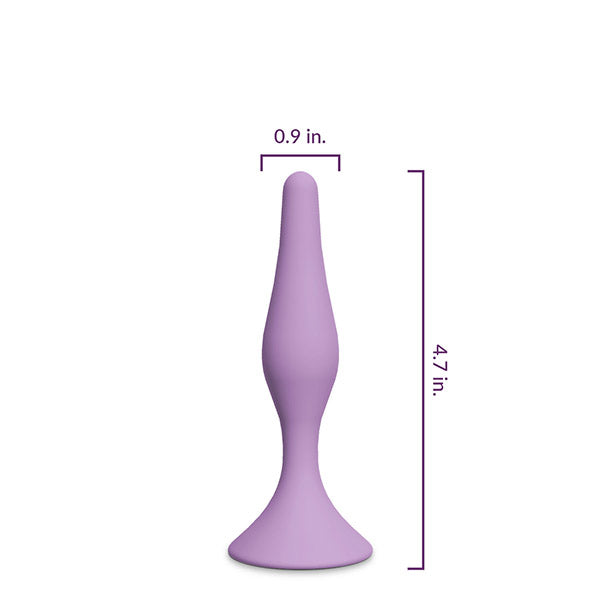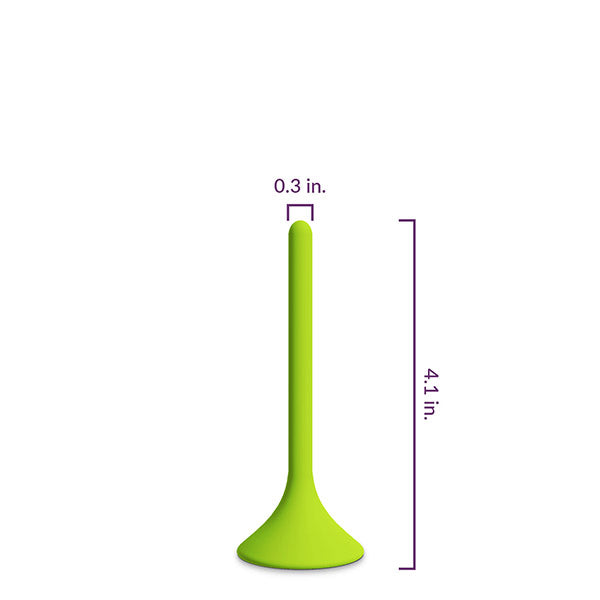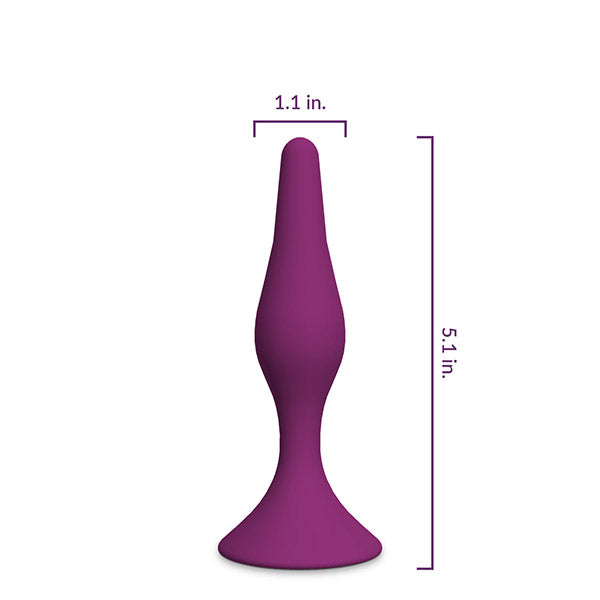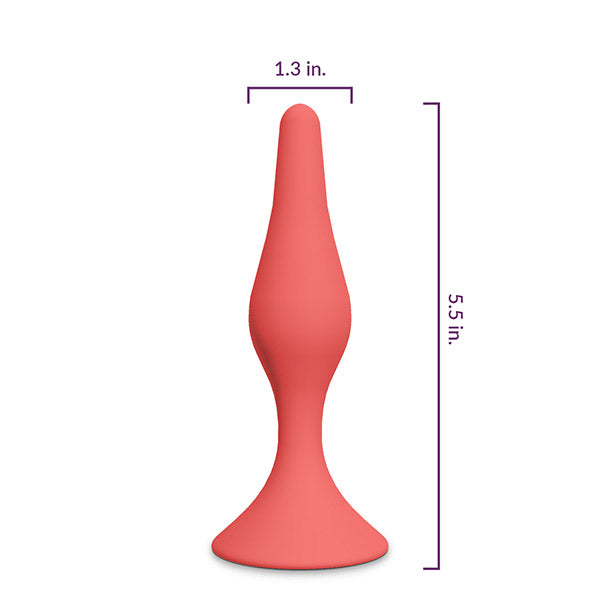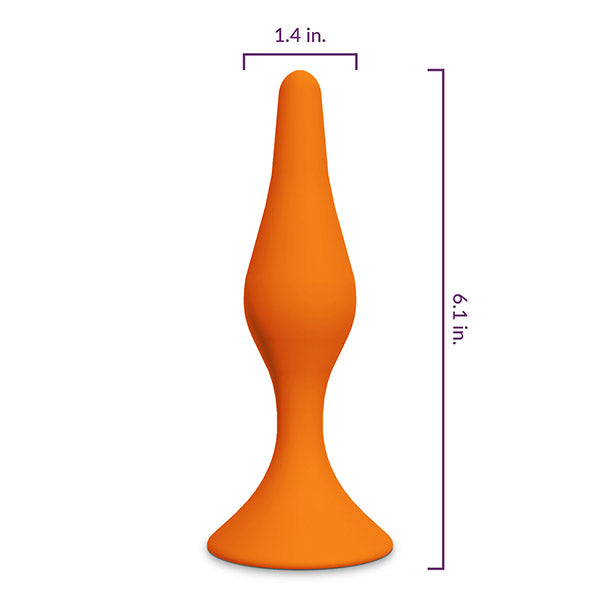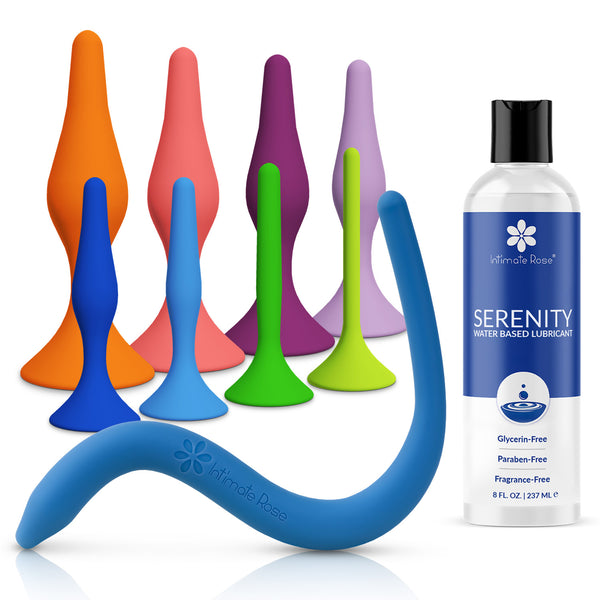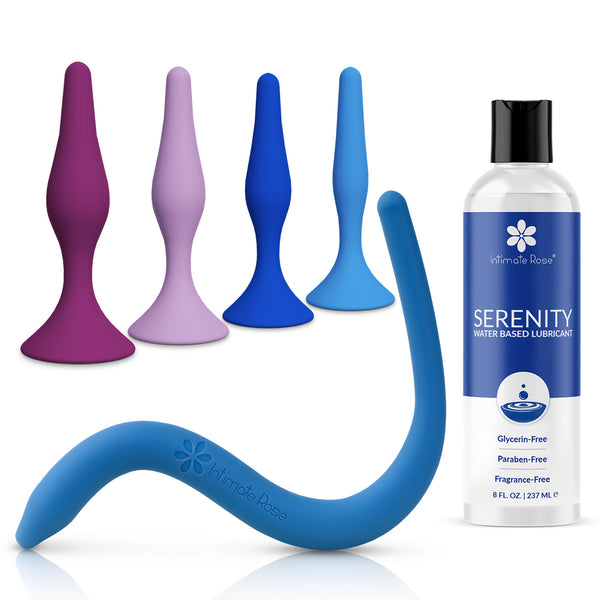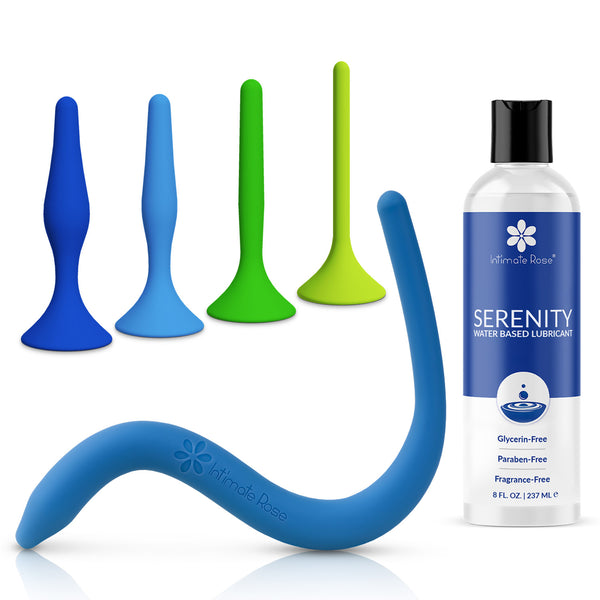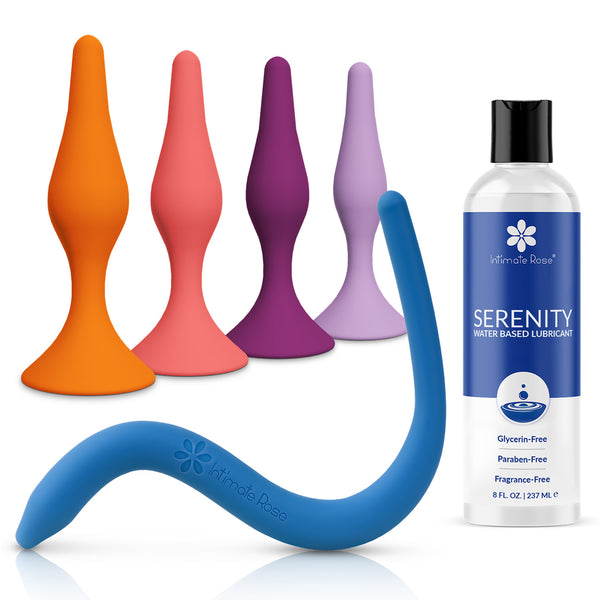Kegel exercises have become a part of mainstream conversation among women, however many women are still unsure what a Kegel is exactly. Additionally, many are unaware of the many benefits that Kegel for women can have on overall health and wellness.
What Are Kegels?
A Kegel is simply a contraction of the pelvic floor muscles, which are the sling-like muscles that surround and support the bladder, the vagina and uterus, and the rectum.
Performing these kegel exercises women can help train the muscles to treat bladder leaks, pelvic organ prolapse, and low back and hip pain, and can improve sex.
Learn more about Kegels here.
Benefits of Kegel Exercises for Women
1. Kegels can make sex great for you and your partner
When it comes to sex, Kegel exercises make the vagina feel tighter and may help improve the intensity of the orgasm. The pelvic floor muscles are vital when it comes to orgasm.
They are responsible for the pleasurable contractions felt in the genitals when an orgasm occurs. When the pelvic floor muscles are healthy, orgasms are more intense and last longer. Women who have difficulty achieving orgasm may be experiencing weak pelvic floor muscles.
Exercising the pelvic floor muscles results in increased blood flow to the pelvic region. Improved blood circulation increases sexual arousal, lubrication, and the ability to orgasm.
Likewise, a strong pelvic floor allows women to grip their partner more tightly during penetration, which is often more pleasurable for their partner as well!
Flexible pelvic floor muscles also allow comfortable vaginal penetration. Women who experience painful penetration should see a pelvic physical therapist as they may be experiencing vaginismus, which is the often-painful involuntary contraction of vaginal muscles.
Vaginismus is a treatable condition. If you have vaginismus, you should not use the kegel exercise system, instead try vaginal dilators to have intercourse without pelvic pain.
If you do not have vaginismus, using Kegel weights for pelvic floor training can lead to pleasurable intercourse.
2. Kegels can help overall fitness
Lifestyle habits of prolonged sitting, repetitive movements, injury, and pregnancy can wreak havoc on your body in a number of ways. Prolonged sitting can lead to overall deconditioning in both aerobic fitness and strength.
The stretching of your abdominal muscles during pregnancy can weaken your core. Carrying the weight of a pregnant belly can pull your center of gravity forward and cause low back pain. And the hormones of pregnancy cause ligaments to loosen, making clumsiness and injury more likely.
Also, weight gain is common in busy lives of work, caring for children, and social activities. Regular exercise can mitigate some of the effects and help you get back into shape quicker after a birth.
Because the pelvic floor becomes weaker with prolonged sitting, an injury to the hip, low back, or pelvis, and during childbirth, adding pelvic floor exercises to your regular workout routine is essential. A toned pelvic floor can reduce your risk of pelvic organ prolapse, incontinence, and painful intercourse.

45-Min Online Pelvic Therapy Session, $99
3. Kegel Exercises can help overall pelvic health during menopause
During menopause fluctuating levels of estrogen can lead to less blood flow in the pelvic floor muscles and overall decrease in muscle tone. Imagine the pelvic floor as a soapy sponge that you’re squeezing under clean running water – you squeeze out soap, and then allow the sponge to fill with fresh water as you loosen your grip on it.
This is what Kegels are doing for your tissues – squeezing out the old blood and pulling in fresh blood to help with the restorative and strengthening process.
4. Kegels can help recovery from childbirth
Whether you delivered your baby vaginally or by cesarean, the pelvic floor muscles can become weak from pregnancy. This weakness can be exacerbated with vaginal delivery, which can result in tearing of the muscles, and possibly episiotomy.
The good news is that these muscles will heal just as any other muscles would, and they will respond to Kegel exercises with improved strength just as other muscles would.
You can begin strengthening the pelvic floor prior to getting pregnant and continue strengthening it during pregnancy by performing Kegel exercises as long as you do not experience contractions of the uterus while doing them.
If you are pregnant, it is important to discuss your exercise program with your healthcare provider.
Kegel Weights
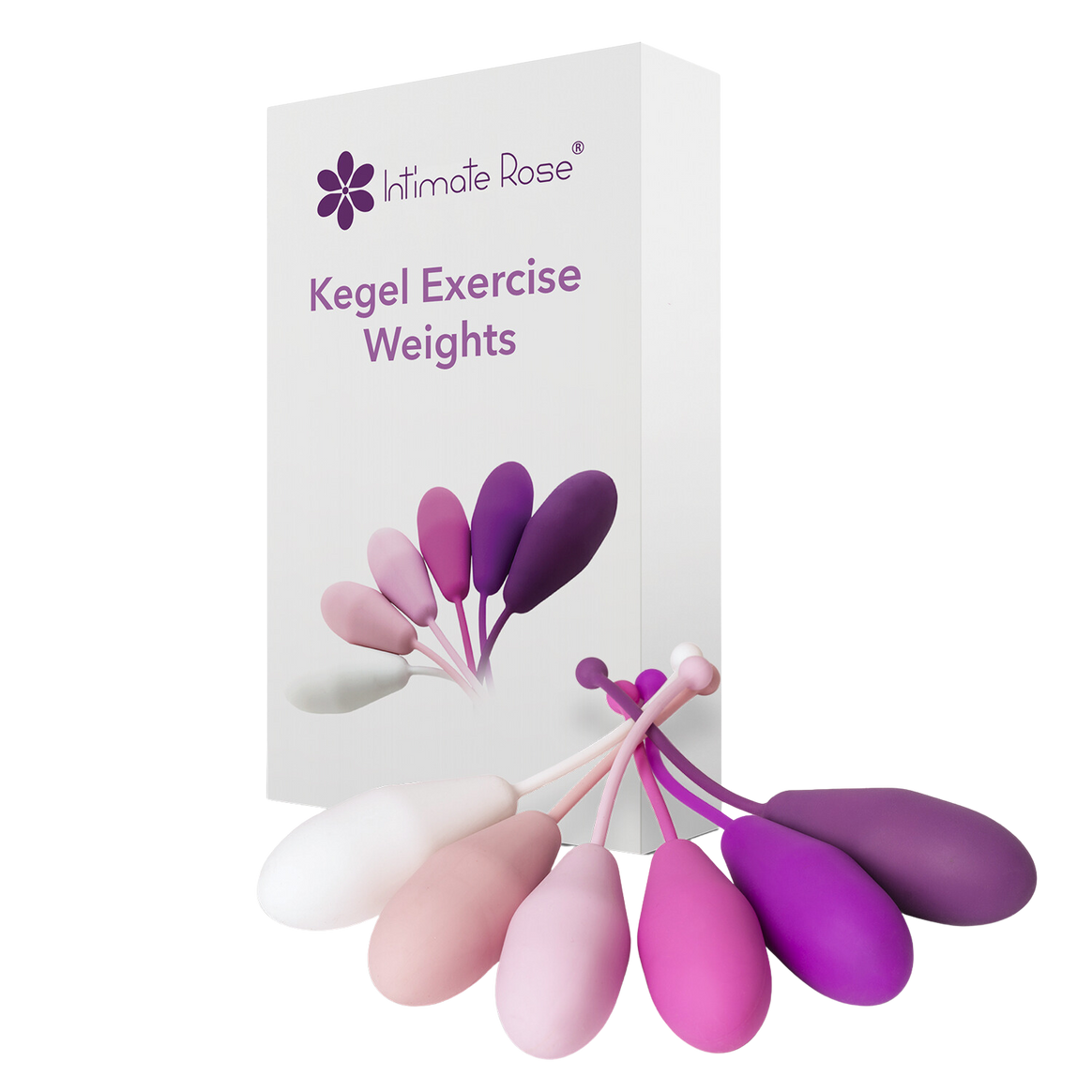
5. Kegels can reduce Pelvic Organ Prolapse (POP)
Pelvic organ prolapse (POP) is a condition in which one or more of the pelvic organs press into the walls of the vagina. This usually occurs after the pelvic floor muscles or their ligaments have been stretched or weakened, such as after pregnancy and childbirth.
Women may also develop POP from prolonged heavy lifting for work or exercise and from more chronic conditions such as constipation, periods of heavy coughing, or obesity. Pelvic organ prolapse is not life threatening, but it can cause pain, fear, and issues with the bladder or bowel. It can also lead to overall decreased enjoyment in life.
Pelvic organ prolapse is a condition characterized by a sensation of pressure in the pelvis or vagina. Often, the descended organs can be felt in various degrees by placing a finger into the vaginal opening.
They can also be viewed using a hand-held mirror to observe the vaginal opening. It may feel as though the pelvic organs have become heavy, or as though they are falling out of the body. The feeling of pressure may be worse in the evening or after exercise or physical exertion such as heavy lifting.
It is not uncommon to experience odd dribbling after urination, especially when standing up from the toilet to pull up underwear or zip pants.
POP is caused by tearing and weakening of the pelvic floor muscles themselves or the tendons suspending the organs. It is estimated that 50% of women who have had a child will experience prolapse to some extent.
Age also is a factor in developing POP for 50% of women who are 50 years of age or older.
Prolonged pushing during labor and delivery (pushing for longer than two and one-half hours), tearing of the pelvic floor during delivery, and delivery of a large baby are all factors that can lead to prolapse.
Women who are on their second, third, or more births are at higher risk for POP to occur. Women who have undergone C-Section can also experience POP in some cases, especially if they pushed during labor prior to undergoing C-section. Sit ups, crunches, and heavy lifting should be avoided, as this can lead to worsening of the prolapse.
POP is classified based on which organ or organs have dropped into the pelvic bowl. A urethrocele is a prolapse of the urethra through the lower anterior vaginal wall, while a cystocele is a prolapse of the bladder through the upper anterior vaginal wall.
A uterovaginal prolapse is the descent of the uterus, cervix, and upper portion of the vagina. A rectocele is a prolapse of the rectum into the lower wall of the vagina, while an enterocele is the prolapse of the upper back part of the vagina involving parts of the small intestines.
The great news is that Kegels can help to strengthen the pelvic floor muscles for better support of the pelvic organs and reduction of prolapse. Low levels of prolapse can be completely cured, and moderate levels of prolapse can be reduced to the point where they do not interfere with daily life activities.
6. Kegels can cure bladder leakage
The pelvic floor muscles support the bladder, uterus, and rectum. When these muscles are not strong and coordinated, the bladder and bladder neck have less support and closure around the sphincter. This can result in incontinence.
Stress urinary incontinence is bladder leakage that occurs with strenuous movements such as exercises, lifting heavy objects, or while coughing, sneezing, or laughing. Kegels are the best cure for urinary incontinence. Shop our industry leading premium kegel product.
7. Kegels can help develop better back and hip support
The pelvic floor muscles are a component of the inner core, the muscles that support the trunk and hips. These muscles work in coordination with the deep layers of the abdominals to support the spine, and they connect to the deep hip rotator muscles for hip stability.
When the pelvic floor muscles are not at optimal strength and coordination, it can affect the joints of the pelvis, tailbone, and lower spine. It is estimated that 38% of women with urinary leakage also experience low back pain, and Kegels address both of these conditions.
Well, those are 7 of the many benefits women get from doing Kegel exercises. If you interested in learning more about how proper Kegels for women should be done or some of the products we carry at Intimate Rose be sure to check out our blog and store!

45-Min Online Pelvic Therapy Session, $99




